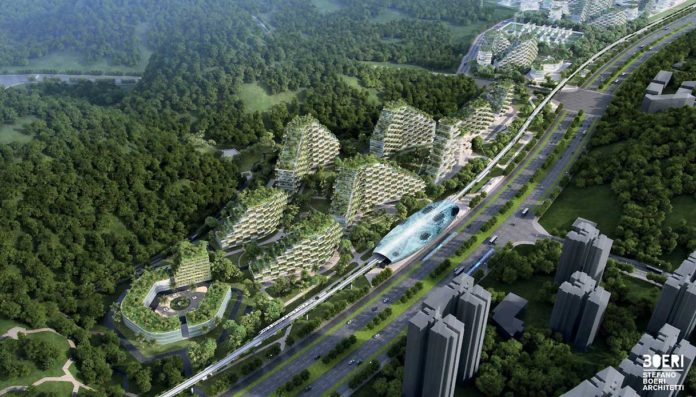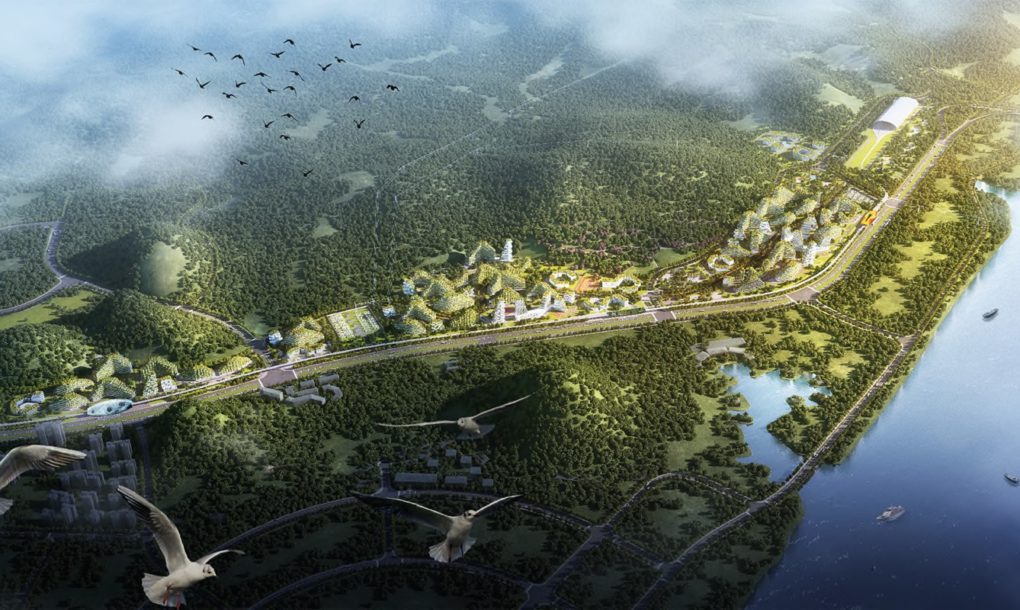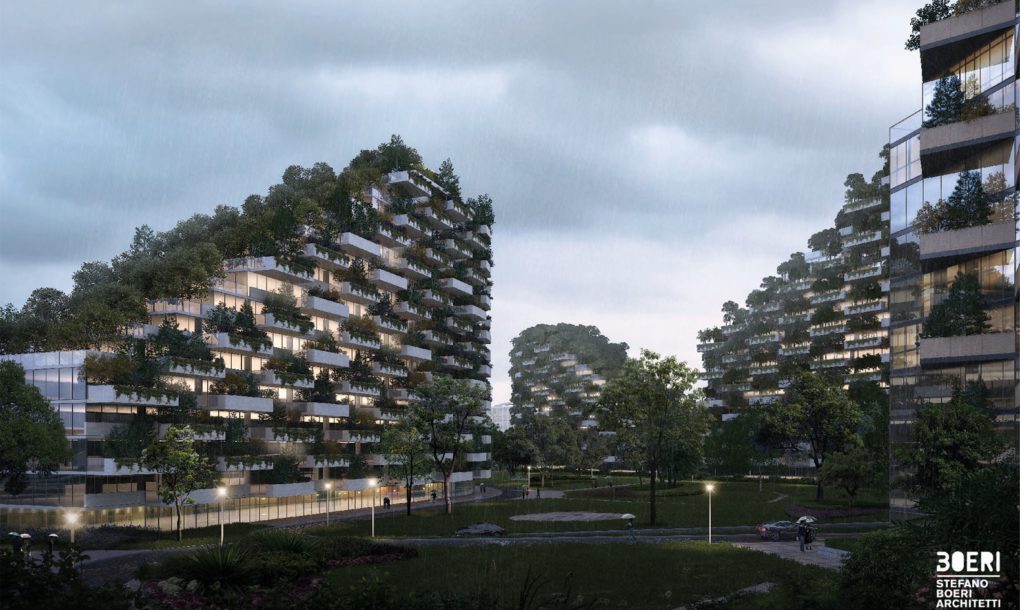In order to fight pollution, a Chinese team has developed the world’s first Forest City. Currently, the city is under construction in Liuzhou, Guangxi Province, China.
The green city will be covered in greenery. It will be composed of almost 1 million plants of more than 100 species and 40,000 trees that together absorb almost 10,000 tons of carbon dioxide and 57 tons of pollutants.
With such a huge amount of plants and trees, the city will help to decrease the average air temperature. Thus, it will improve local air quality, create noise barriers, generate habitats, and improve local biodiversity in the region.
The Forest City in Shijiazhuang will be a new city with 100,000 inhabitants. It will be capable of becoming a model of sustainable growth in a large country, seeing each year 14 million farmers migrating to the cities.
The city will completely run on renewable energy sources such as geothermal and solar energy. All commercial zones, residential areas, recreational spaces, a hospital, and schools will be available there. It will also link to Liuzhou by a fast rail line for electric cars.
Liuzhou Municipality Urban Planning commissioned the design for the 175-hectare Liuzhou Forest City. It will be situated along the Liujiang River in the northern part of Liuzhou.
In other words, this world’s first Forest City project is an example of green city design elsewhere in the world. The project is planned to be completed sometime in 2020.


